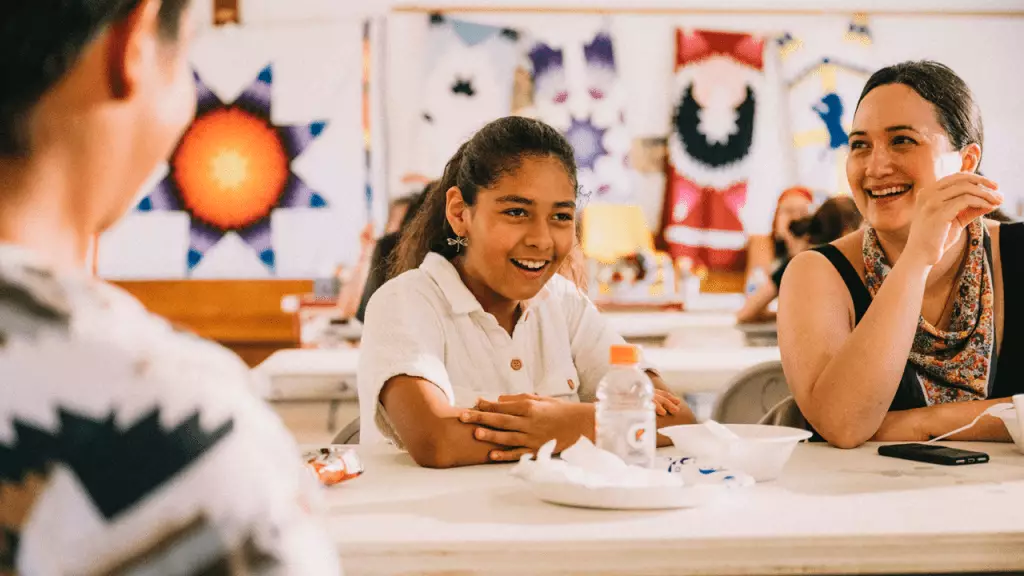Marissa Maltz’s film, Jazzy, serves as a captivating sequel to The Unknown Country, providing audiences with a heartfelt exploration of childhood set against the backdrop of the stunning landscapes of South Dakota. Premiering at Tribeca, the film follows the protagonist, Jazzy, as she navigates the various seasons of her life, capturing the essence of youth in all its innocence and wonder.
Opening at West Elementary, Jazzy is depicted engaging in the simple pleasures of childhood – from riding the school bus with her best friend, Syriah, to playing in the schoolyard with her peers. The lively and eclectic synth soundtrack adds a whimsical and contemporary touch to the narrative, evoking a sense of nostalgia and joy for the audience. One of the most endearing moments in the film is when Jazzy invites only one classmate to her birthday party. The scenes of celebration at an arcade and a hotel, complete with pool-diving and bed-jumping, encapsulate the carefree and joyful spirit of childhood.
Marissa Maltz excels in capturing the small, seemingly insignificant moments that define childhood. Her direction is patient and observant, allowing the natural curiosity and humor of the children to shine through. The conversations between Jazzy and Syriah about random topics, like favorite trees and stuffed animals, are both humorous and insightful, showcasing the innocence and wisdom of children. These moments remind viewers of the simple pleasures and wisdom that define our early years.
Set in the same South Dakota locale as The Unknown Country, Jazzy delves into themes of belonging, tradition, and overcoming fear. The film emphasizes the cultural heritage of its characters, highlighting the importance of tradition and friendship in navigating life’s challenges. By focusing on the genuine enjoyment of being children, Jazzy authentically captures the joy, spontaneity, and simplicity of youth without rushing its characters into the complexities of adulthood.
Maltz’s decision to keep the adults’ faces mostly hidden, with the exception of Lily Gladstone’s character Tana, narrows the focus on the children and their stories. This choice reinforces the film’s commitment to depicting the world from Jazzy’s perspective, allowing audiences to fully immerse themselves in her experiences. By celebrating the intricacies of growing up, Jazzy evokes a sense of nostalgia for childhood, reminding viewers of the idealism and optimism that define that time of life.
What Jazzy understands best and celebrates is the beauty of growing up. The humanity portrayed in its characters and the worlds they inhabit evoke a sense of longing for childhood – not merely to relive lost years, but to revisit the idealism and wonder that characterize that period of life. Childhood, as depicted in Jazzy, is a time filled with endless possibilities and everyday adventures, reminding us of the timeless wonder of youth.


Leave a Reply